Market Size of europe space propulsion Industry
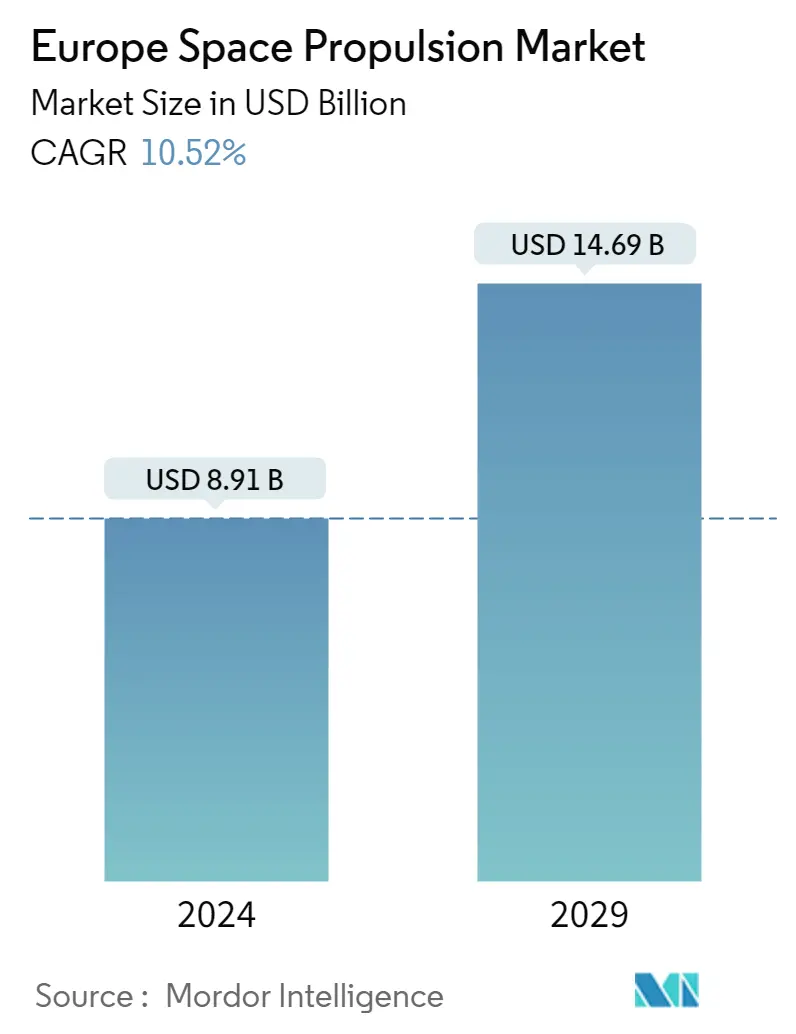
|
|
Study Period | 2017 - 2029 |
|
|
Market Size (2024) | USD 8.91 Billion |
|
|
Market Size (2029) | USD 14.69 Billion |
|
|
Largest Share by Propulsion Tech | Liquid Fuel |
|
|
CAGR (2024 - 2029) | 10.52 % |
|
|
Largest Share by Country | Russia |
Major Players |
||
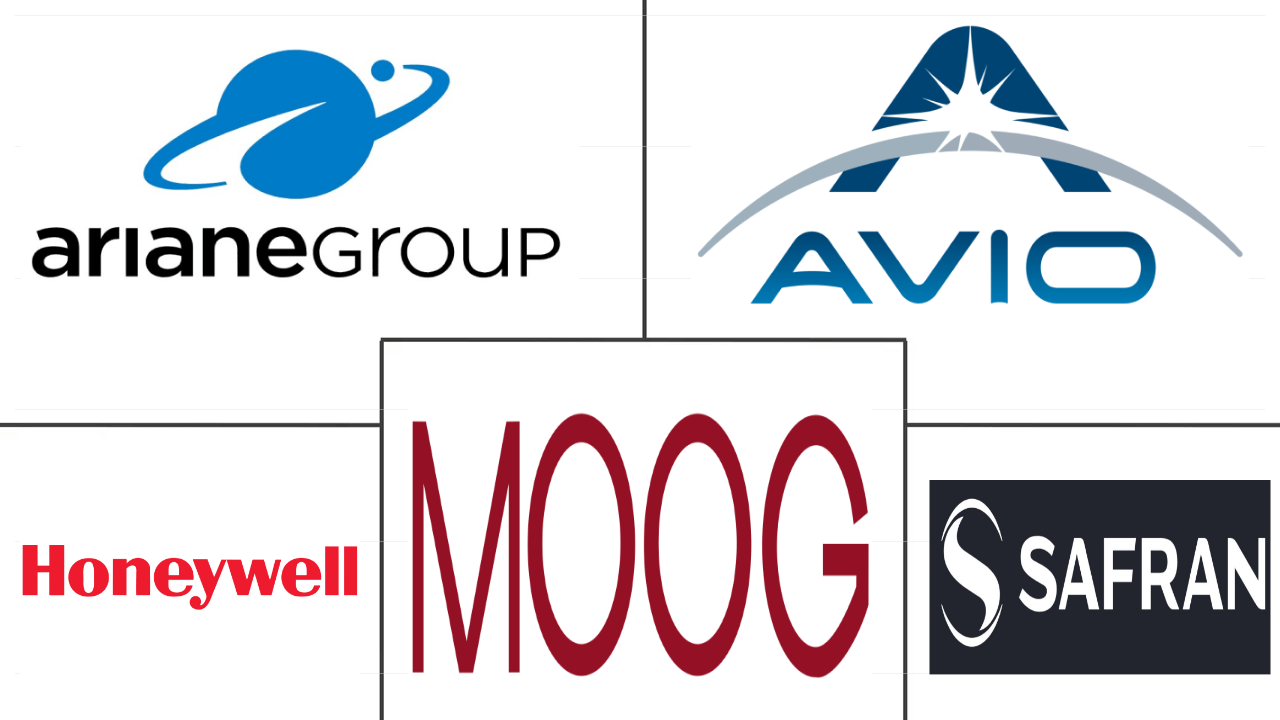
|
||
|
*Disclaimer: Major Players sorted in no particular order |
Europe Space Propulsion Market Analysis
The Europe Space Propulsion Market size is estimated at USD 8.91 billion in 2024, and is expected to reach USD 14.69 billion by 2029, growing at a CAGR of 10.52% during the forecast period (2024-2029).
8.91 Billion
Market Size in 2024 (USD)
14.69 Billion
Market Size in 2029 (USD)
3.34 %
CAGR (2017-2023)
10.52 %
CAGR (2024-2029)
Largest Market by Propulsion Tech
73.93 %
value share, Liquid Fuel, 2022
Because of its high efficiency, controllability, reliability, and long lifespan, liquid fuel-based propulsion technology is becoming an ideal choice for space missions. It can be used in various orbit classes for satellites.
Fastest-Growing Market by Propulsion Tech
14.50 %
Projected CAGR, Gas based, 2023-2029
In this region, the adoption of gas based propulsion systems registers a considerable growth rate because of it's cost-effectiveness and reliability. These propulsion systems are also easy for orbital maintenance, maneuvering and attitude control.
Leading Market Player
63.72 %
market share, Ariane Group, 2022
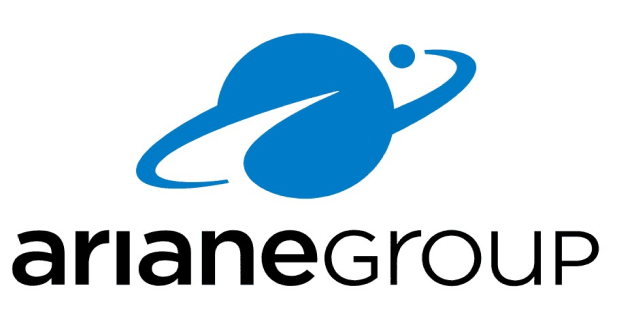
Ariane Group is the largest player in the market. The company is one of the major contractors of space propulsion systems in the region for different space agencies.
Second Leading Market Player
9.71 %
market share, Avio, 2022
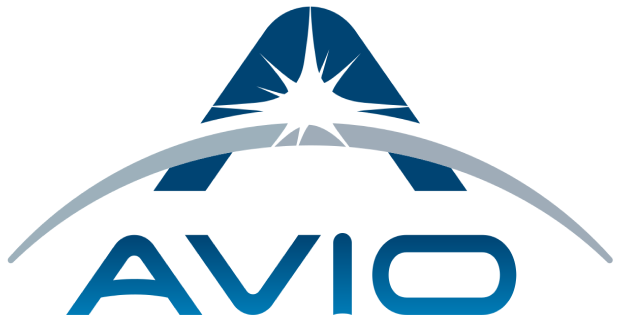
Avio is the second-leading company in the market. It offers propulsion solutions for launching institutional, governmental, and commercial payloads.
Third Leading Market Player
4.32 %
market share, Moog Inc., 2022
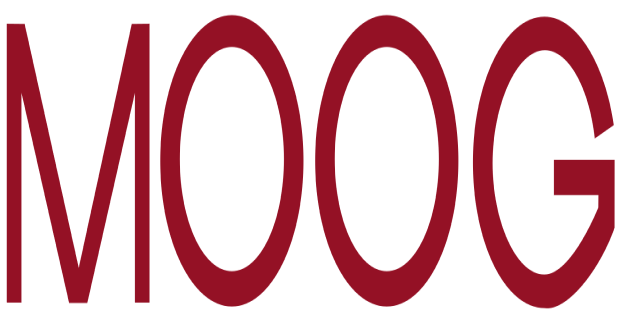
Moog Inc. is the third-largest player in the market. The company has focused on innovation and is currently working on a water-powered satellite propulsion system.
The utilization of gas-based propulsion is expected to surge during the forecast period
- In the European space propulsion market, gas-based propulsion systems continue to be widely used for small to medium-sized satellites, where simplicity, reliability, and quick response times are crucial. They are widely utilized in various satellite missions, including telecommunications, Earth observation, and scientific research.
- Electric propulsion systems have gained prominence in the European satellite market due to their fuel efficiency and extended operational lifespan. This technology provides higher specific impulses, enabling satellites to carry more payload while utilizing less propellant. In addition, electric propulsion systems offer the capability for long-duration missions and precise orbital maneuvers. They are well-suited for geostationary satellites, deep space missions, and satellite constellations for global coverage.
- Liquid propulsion systems, predominantly based on bipropellants like hydrazine and nitrogen tetroxide, have been widely employed in European satellites for primary propulsion and large orbital maneuvers. Liquid propulsion systems offer the flexibility to perform complex orbital transfers and rendezvous maneuvers. However, they require careful handling of toxic and corrosive propellants and necessitate a higher propellant mass compared to electric or gas-based systems. Between 2023 and 2029, the market is expected to surge by 81%, and gas-based propulsion is expected to dominate the market.
The product innovation in propulsion technology is expected to boost the growth
- Space propulsion is a method used to accelerate spacecraft or artificial satellites. The current space propulsion system includes two main solutions. Uses of an electric motor (EP) accelerates the ionized propellant, and chemical repulsion (CP) uses the propeller itself as the power source for thrust force.
- The space manufacturing industry is a niche sector, accounting for EUR 7.25 billion in final revenue and creating 38,000 highly qualified jobs. Despite its small size, the space sector enables a wide range of services and applications and is highly strategic for governments and businesses in the region.
- ESA's Future Space Transport Program identifies key launch system technologies to address the challenges and deliver solutions through technology-ready maturity for propulsion systems. Key technologies are designed at both the component and subsystem levels before being integrated into the propulsion demonstration engine and tested in the right environment. Due to the presence of many governmental, commercial, and other players in the region, demand in the satellite manufacturing industry witnessed positive growth. Based on this, during 2017-2022, more than 570 satellites were launched in the area. Of the more than 570 satellites produced and launched, nearly 90% are for commercial use.
Europe Space Propulsion Industry Segmentation
Electric, Gas based, Liquid Fuel are covered as segments by Propulsion Tech. France, Germany, Russia, United Kingdom are covered as segments by Country.
- In the European space propulsion market, gas-based propulsion systems continue to be widely used for small to medium-sized satellites, where simplicity, reliability, and quick response times are crucial. They are widely utilized in various satellite missions, including telecommunications, Earth observation, and scientific research.
- Electric propulsion systems have gained prominence in the European satellite market due to their fuel efficiency and extended operational lifespan. This technology provides higher specific impulses, enabling satellites to carry more payload while utilizing less propellant. In addition, electric propulsion systems offer the capability for long-duration missions and precise orbital maneuvers. They are well-suited for geostationary satellites, deep space missions, and satellite constellations for global coverage.
- Liquid propulsion systems, predominantly based on bipropellants like hydrazine and nitrogen tetroxide, have been widely employed in European satellites for primary propulsion and large orbital maneuvers. Liquid propulsion systems offer the flexibility to perform complex orbital transfers and rendezvous maneuvers. However, they require careful handling of toxic and corrosive propellants and necessitate a higher propellant mass compared to electric or gas-based systems. Between 2023 and 2029, the market is expected to surge by 81%, and gas-based propulsion is expected to dominate the market.
| Propulsion Tech | |
| Electric | |
| Gas based | |
| Liquid Fuel |
| Country | |
| France | |
| Germany | |
| Russia | |
| United Kingdom |
Europe Space Propulsion Market Size Summary
The European space propulsion market is experiencing significant growth, driven by advancements in various propulsion technologies. Gas-based propulsion systems remain prevalent for small to medium-sized satellites due to their simplicity and reliability. However, electric propulsion systems are gaining traction for their fuel efficiency and ability to support long-duration missions, making them ideal for geostationary satellites and deep space missions. Liquid propulsion systems, while requiring careful handling of toxic propellants, offer flexibility for complex orbital maneuvers. The market is characterized by a mix of governmental and commercial investments, with European countries increasing their spending on space programs to maintain competitiveness in the global space industry.
The market landscape is fairly consolidated, with major players like Ariane Group, Avio, Honeywell International Inc., Moog Inc., and Safran SA dominating the sector. The European Space Agency (ESA) and national governments are actively investing in space propulsion technologies to enhance capabilities in Earth observation, navigation, and exploration. Recent contracts and funding initiatives highlight the region's commitment to advancing space propulsion systems, including the development of green propellants and electric propulsion technologies. These efforts are supported by a robust satellite manufacturing industry, which has seen a substantial number of satellites launched for commercial use, further driving the demand for innovative propulsion solutions.
Europe Space Propulsion Market Size - Table of Contents
-
1. MARKET SEGMENTATION (includes market size in Value in USD, Forecasts up to 2029 and analysis of growth prospects)
-
1.1 Propulsion Tech
-
1.1.1 Electric
-
1.1.2 Gas based
-
1.1.3 Liquid Fuel
-
-
1.2 Country
-
1.2.1 France
-
1.2.2 Germany
-
1.2.3 Russia
-
1.2.4 United Kingdom
-
-
Europe Space Propulsion Market Size FAQs
How big is the Europe Space Propulsion Market?
The Europe Space Propulsion Market size is expected to reach USD 8.91 billion in 2024 and grow at a CAGR of 10.52% to reach USD 14.69 billion by 2029.
What is the current Europe Space Propulsion Market size?
In 2024, the Europe Space Propulsion Market size is expected to reach USD 8.91 billion.

